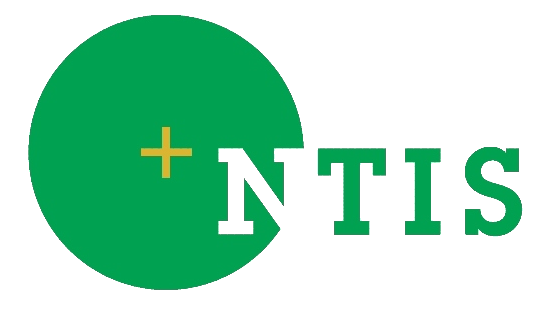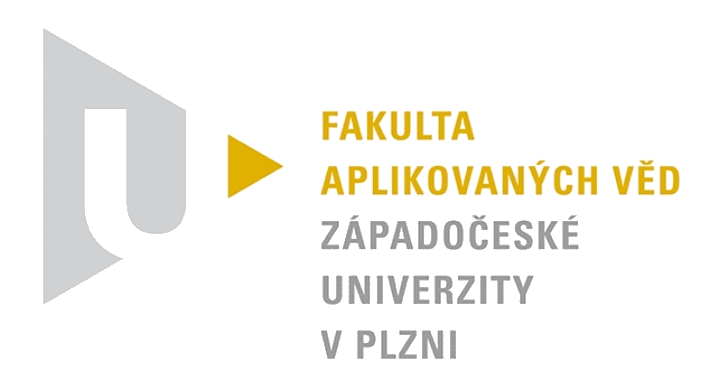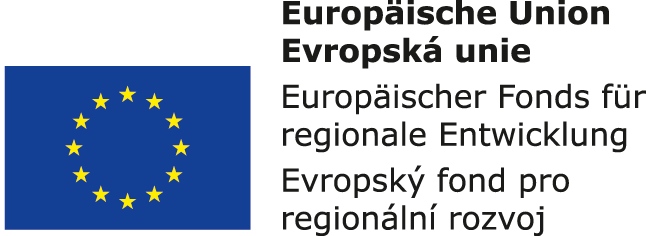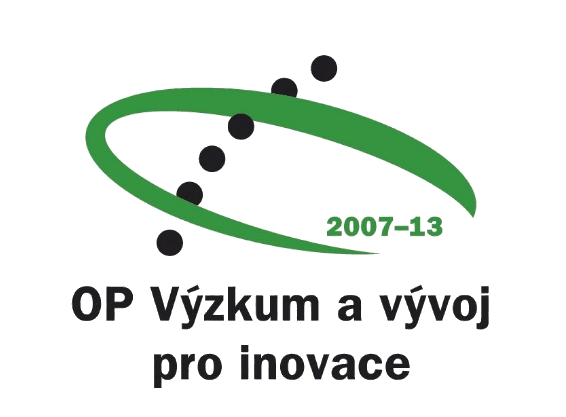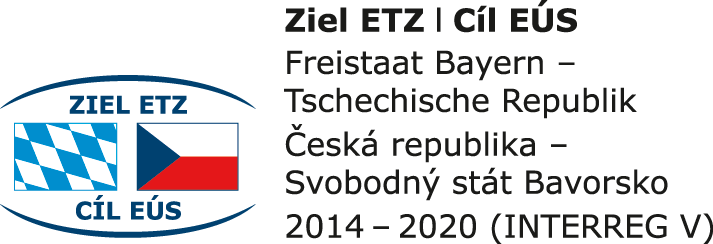Coordination disorder in children
As some children grow they may develop problems caused by an inability to adequately control their movements. From our physiotherapeutic experience we know that the sooner we start to improve their coordination skills, the better the results will be.During our research in cooperation with the Faculty Hospital in Pilsen and the Department of Physical Education and Sport at the University of West Bohemia we successfully developed a method for detecting motor disorder based on audio stimulation and the evaluation of the related brain signals. The results are available for follow-up studies and use in practice.
TASK
Developmental coordination disorder affects 6% of school age children, has a significant impact on school results and negatively influences other normal day to day activities. The sooner it is diagnosed, the better the prospects for successful treatment. We designed a successful detection method which was tested on a sufficiently large sample of children in cooperation with the Faculty Hospital in Pilsen and the Department of Physical Education and Sport at the University of West Bohemia.Our task, in cooperation with our research partners was to develop and test a new, reliable method for determining the motor quotient for pre-school children with an emphasis on its application to young children.
Using our instrumentation and knowledge acquired in our previous research, we began to acquire the first experimental data and seek connections between responses to audio stimuli in the brain waves and the known values of the motor quotient. We proved this relationship. Setting up methods and verifying the results provided information on possible further practical uses of the methods. We did not expect the results would be immediately put into practice in the form of a finished device. Therefore, the results of our research cooperation are still available and can be built upon.
METHOD AND RESEARCH
We have been developing and testing our methods with our partners for the last five years. First we designed and implemented a basic scenario for stimulating the subject. Then we acquired and processed data from 27 children aged between 6 and 8 years old. Finally we processed and evaluated the data.We decided to use audio stimulation to induce sound event related potentials in the brain waves. To divert attention from listening to the sounds and the creation of an ‘ignored protocol’, we let the subjects watch a children's program during the experiment. We evaluated both pre-attentive and attentive ERP components.
We carried out field measurements on groups of children aged 6-8 years in a children’s home in Trnová and in primary schools in and around Pilsen. The groups were divided according to motor quotient which was determined by conventional methods.
We cleaned the data using digital filtering, processed it into a suitable form and carried out statistical evaluation. We proved that there is a relationship between the wave form of the audio-event related potential and the motor quotient.
Implementation
We used Presentation® software from Neurobehavioral Systems, Inc. for audio stimulation. Brainwaves are monitored using a standard EEG cap. Data from the cap are digitized in BrainAmp and recorded in BrainVision Recorder; both from Brain Products GmbH.Data was analyzed in EEGLAB for MATLAB® from MathWorks, Inc. and in BrainVision Analyzer 2 from Brain Products GmbH. Statistical evaluation was done using MATLAB® software.
Comparison of responses to audio stimuli. Red group with normal motor skills, blue with motor disorder. Difference is shown in black.

CHALLENGE
Current methods for finding the motor quotient require physical activity. We designed a method which can detect motor disorder even in cases where it is not yet apparent in the behavior of the child.Why is this a complicated task? We needed to select the right audio stimulus because some stimuli do not trigger the necessary event related potential. We had to obtain good quality data outside the laboratory at primary schools in and around Pilsen.
Next, we had to remove artefacts and noise from the data and extract the parts of the signal that contain event related potentials. Only then could we begin to examine possible links between the EEG / ERP data and motor disorder.
It was a complex task which involved successful completion of research in field conditions using our own equipment.
Response to stimuli shown as a map of distribution of potentials viewed from above.
 Response to stimuli shown as a map of distribution of potentials viewed from above. |
 |
ABOUT US
The Neuroinformatics Group specializes in performing experiments and subsequent processing and evaluation of the experimental data in the field of biosignals, especially EEG / ERP signals. We have been active in this area since 2008.We are a team of nearly 20 personnel with experience in neuroinformatics, development of experimental software and hardware, signal processing and medical data.
We act as coordinator of the Czech National Node for Neuroinformatics. We participate in the strategic activities of the INCF (International Neuroinformatics Coordinating Facility).
We cooperate with a number of universities, the Czech National eHealth Centre, Czech Technical University in Prague, the Faculty of Medicine of Charles University in Pilsen, the Faculty Hospital in Pilsen and the firm Alien technik s.r.o.
Our laboratory is equipped with professional scanning equipment for EEG, ERP and other biosignals, including recording and analysis software and a driving simulator. We have an acoustic and electrically shielded chamber. We operate our own web portal for storing and working with biosignals, registered in the Neuroscience Information Framework.
We are ready for research cooperation in the field of neuroinformatics.
COOPERATION MODELS
We offer cooperation in research in the fields of neuroinformatics, applied research and the development of innovative products in the following models or their combination:- Joint participation in projects.
- Contract research for businesses developing products, treatments or new diagnostic methods.
- Cooperative research in the development of infrastructure and methods for processing EEG/ERP.
We are looking forward for further cooperation.
CONTACT
More info at:http://neuroinformatics.ntis.zcu.cz
Technology Transfer Centre
Mrs. Petra Krupková
Phone: +420/ 377 631 086
E-mail: transfer@rek.zcu.cz
Research Group
Mr. Roman Mouček
Phone: +420/ 377 632 465
E-mail: neuro@ntis.zcu.cz



